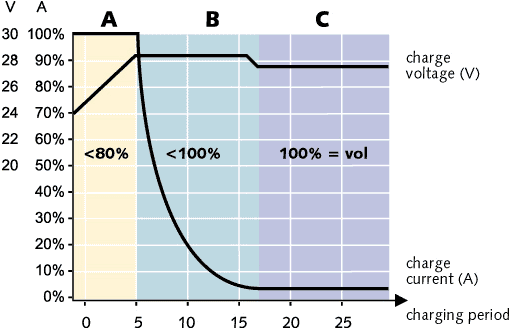I have the Victron MPPT 100/50. It's a 12 volt system hooked up to solar panels and eight 6 volt batteries. I'm inputting over 600 watts from the panels. The battery section of my SmartSolar app I use on my iPhone says my voltage is over 14 volts but I still see that it's in the Bulk mode. I'm concerned that too many charging volts are going into the batteries because the Victron hasn't switched to Float mode. Does it take awhile to go into Float? Here's what I have in my settings:
Battery Voltage: 12V
Max Charge Current: 50A
Charger enabled: Yes (on)
Battery Preset: User Defined
Absorption Voltage: 14.40V
Float Voltage: 13.50V
Equalization Voltage: 16.20V
Automatic Equalization: Disabled
If I see a voltage of like 14.5 and it's still in Bulk mode, can that be dangerous? Thanks!

